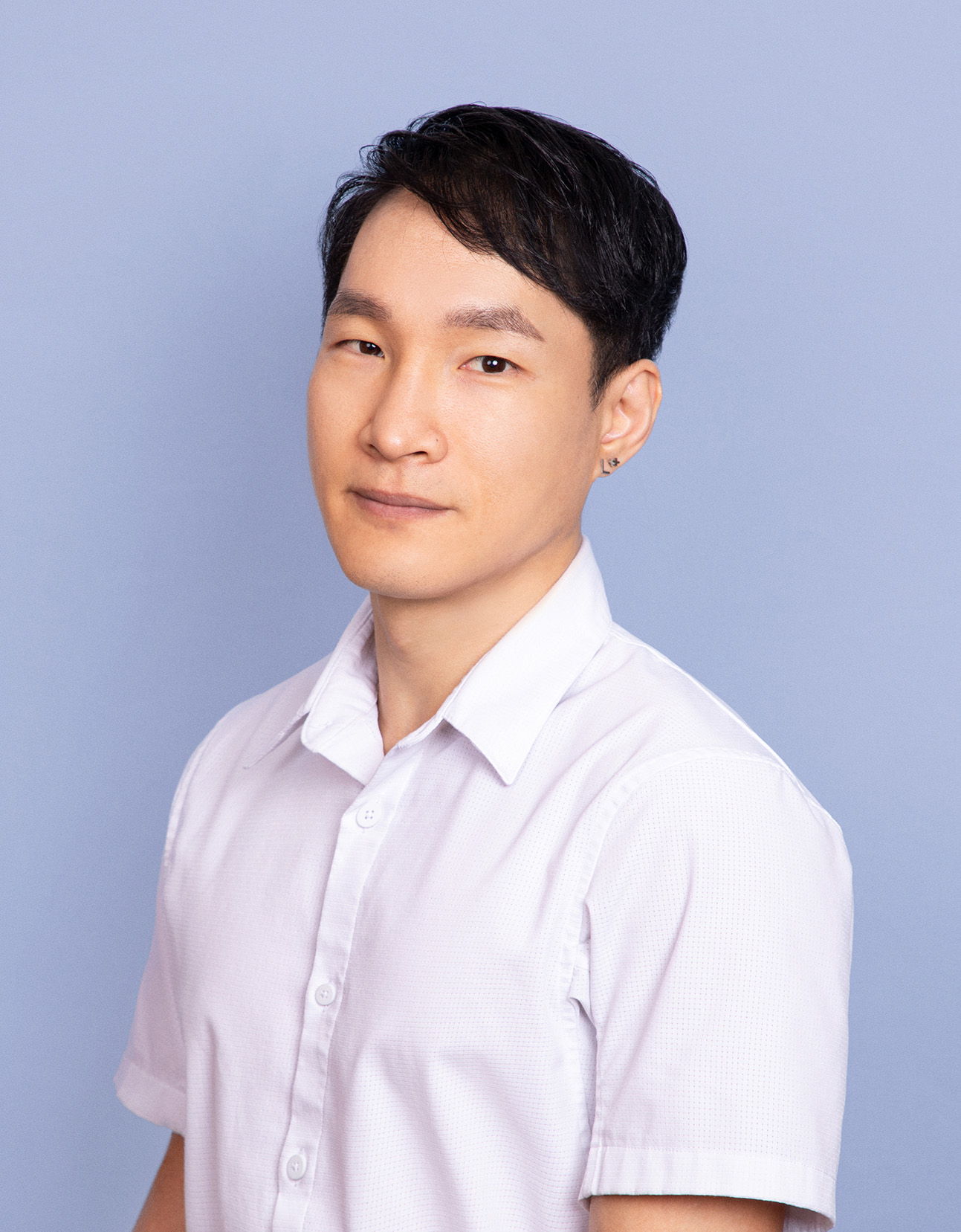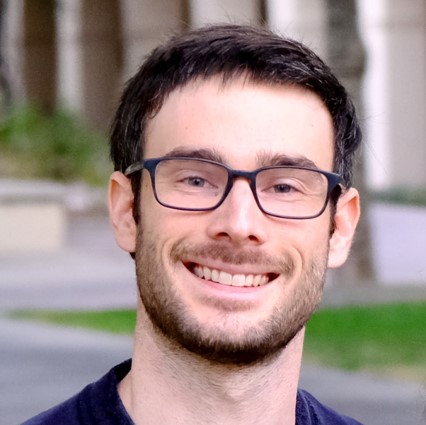The Team
Assistant Professor
Lyda Hill Department of Bioinformatics
Dr. Kim contributes research expertise in algorithms and high-performance computing approaches in next generation sequencing (NGS) data analysis. In recent years, Dr. Kim’s lab has developed widely used bioinformatics tools for analyzing NGS sequencing reads: TopHat2 and HISAT for aligning RNA-seq reads, TopHat-Fusion for identifying gene fusions, Centrifuge for classifying metagenomics sequencing reads, HISAT2 for graph alignment at the human genome scale, and HISAT-genotype for HLA gene typing and assembly. These software packages have been downloaded tens of thousands of times and used in thousands of projects, large and small. Notably, HISAT and TopHat2 have been cited 12,000 times each and used in numerous high-profile studies and protocols. His group is now developing new software and an accompanying computing language (L++) for efficient whole cell simulations and pathway design.
Assistant Professor,
Green Center for Systems Biology - Lyda Hill Department of Bioinformatics
Department of Biophysics
Dr. Lin brings expertise in developing both first principles and data-driven modeling approaches to the problem of biosynthetic pathway design. More specifically, the Lin lab develops tools to develop and discover predictive rules for how protein sequence encodes structure and function. The Lin lab has established a track record of revealing molecular mechanisms of protein allostery and aggregation using theoretical approaches from statistical physics as well as atomistic molecular dynamics simulations. Recently, the Lin lab has developed a new approach to train artificial neural networks based on neuroscientific principles. These Essence Neural Networks (ENNs) form a cornerstone of our protein sequence design approach.
Associate Professor
Green Center for Systems Biology - Lyda Hill Department of Bioinformatics
Department of Biophysics
The Reynolds lab combines high-throughput functional assays with statistical sequence analysis to understand the constraints on protein activity, abundance, and sequence. Her laboratory has used deep mutational scanning to quantify how cellular context alters the mutational sensitivity of a model metabolic enzyme and created new CRISPR-based tools for mapping the relationship between enzyme expression and growth rate, and used evolutionary principles to engineer new kinase regulation that rewires cell signaling in yeast. Dr. Reynolds innovative, interdisciplinary work was recognized by a Data-Driven Discovery Investigator Award (one of 14 nation-wide from the Gordon and Betty Moore Foundation), a Scialog Fellow Award from the Research Corporation for Scientific Advancement, an NSF CAREER award, and a Young Faculty Award from the Biopolymers-in-Vivo subgroup of the Biophysical Society.
UTSW Distinguished Fellow
Green Center for Systems Biology - Lyda Hill Department of Bioinformatics
Dr. Saunders is a molecular microbiologist whose laboratory investigates the fundamental biology of diverse bacteria with high throughput, high efficiency genetic tools. In his prior work, Dr. Saunders used approaches from electrochemistry and physical chemistry to study a set of special redox metabolites, phenazines, which enable a metabolic survival strategy in the opportunistic Pseudomonas aeruginosa. His laboratory is developing new tools for high efficiency kilobase scale bacterial genome editing, and applying these methodologies to questions in bacterial metabolism, antibiotic resistance, extracellular transport, and genome functional annotation.




